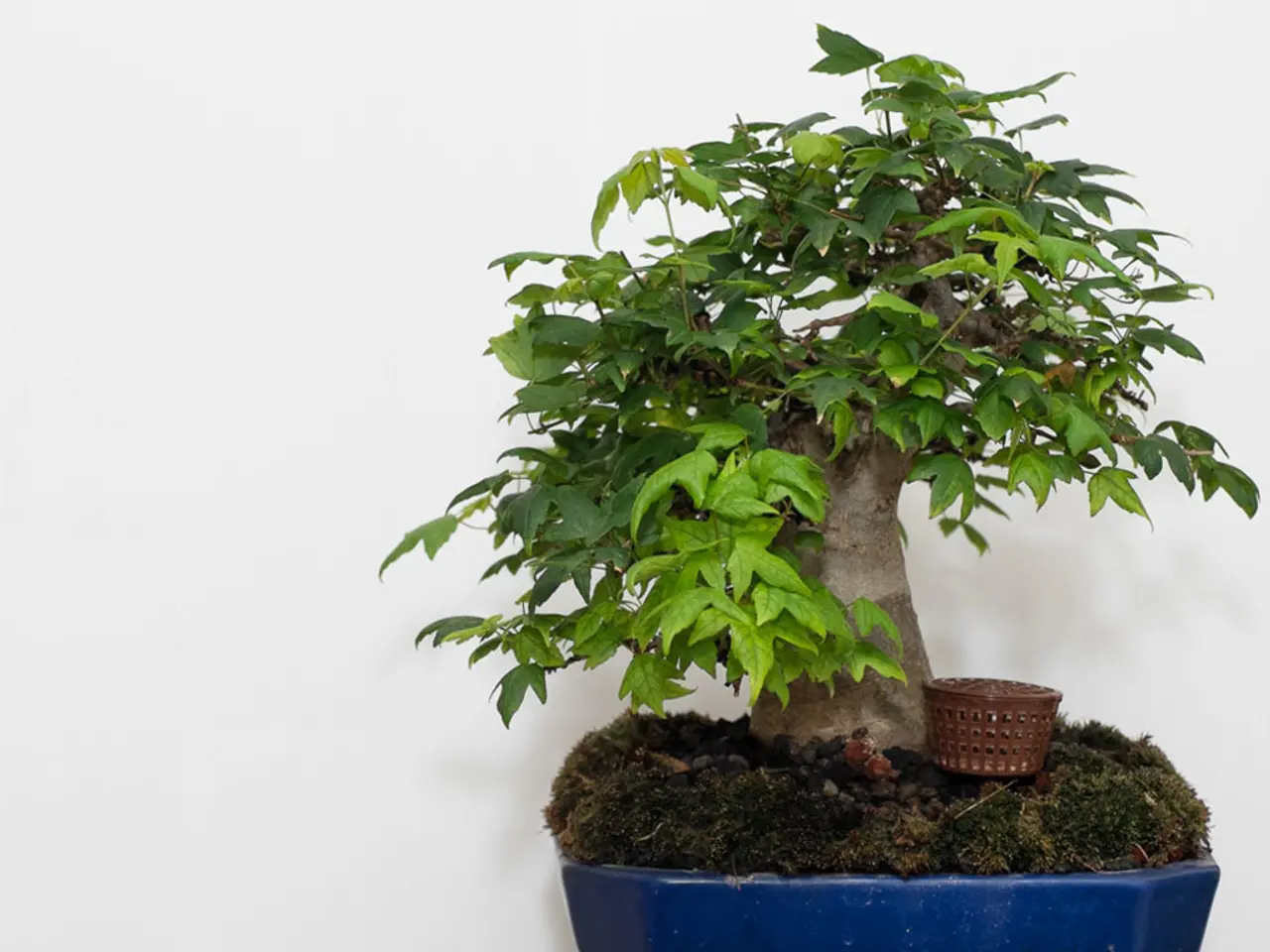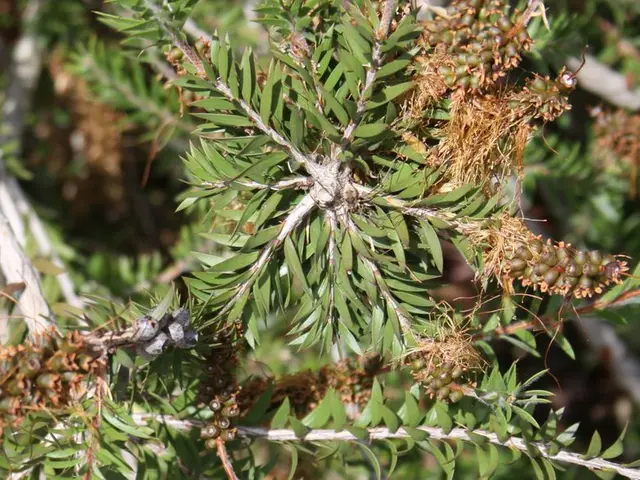Indoor Bonsai Size Control: Regulating Growth and Preserving Balance
Indoor bonsai trees require a delicate balance of care to maintain their size, health, and visual appeal. A nuanced understanding of the tree's unique growth patterns, environmental needs, and proper maintenance techniques are essential for successful bonsai cultivation.
Bonsai trees exhibit a unique growth pattern, characterized by alternating periods of rapid growth and dormancy. Understanding these patterns is vital when pruning for shape and proportion, as it allows caretakers to work in harmony with the tree's natural cycles.
Effective size management strategies focus on careful pruning, root management, pot selection, and wiring techniques. Pruning branches and shoots regularly, such as removing initial leaves or shoots when the tree is young, helps control vertical growth and encourages the formation of secondary branches and a compact structure. Root pruning and repotting, selective root pruning every 12–24 months, and transitioning to shallow bonsai pots restrict root expansion and overall growth.
Pot size and type play a crucial role in bonsai growth. Starting with larger pots allows initial growth for trunk thickening, followed by transplantation into shallow bonsai pots. Using highly porous substrates such as akadama or peat mixed with perlite improves drainage and root health.
Wiring flexible branches helps shape the bonsai aesthetically but must be done carefully to avoid damaging the cambium layer beneath the bark. Removing dead, weak, or crossing branches maintains aesthetic balance and tree vitality.
Watering indoor bonsai requires a nuanced understanding of the tree's unique needs. Watering in the morning allows the tree to absorb moisture throughout the day, promoting healthy growth. Be mindful of the pot's drainage system, ensuring it is functioning properly to prevent waterlogged soil.
Fertilization for balanced growth is another crucial aspect of indoor bonsai size management. A balanced fertilizer should contain a mix of nitrogen, phosphorus, and potassium, with a slightly acidic pH to mimic the tree's natural environment. Fertilization schedules should be adjusted seasonally, with increased nutrient intake during the growing season and reduced fertilization during the dormant period.
Regularly monitoring and adjusting the light and temperature conditions in which your indoor bonsai resides is crucial. Maintaining a consistent temperature of 65-75°F (18-24°C) is crucial to promote healthy growth and prevent stress. A Bonsai that receives inadequate light may become leggy and weak, while excessive light can cause scorching and discoloration.
By combining these strategies—early and ongoing pruning of branches and roots, transition to appropriate pots, careful wiring, and removal of unhealthy growth—bonsai growers can effectively manage the size of indoor bonsai trees while preserving their health and visual appeal. Happy bonsai cultivation!
Maintaining a home-and-garden lifestyle that includes caring for bonsai trees, one must understand the unique growth patterns of these trees, such as the alternating periods of rapid growth and dormancy. Proper pruning, root management, and pot selection are crucial for gardening bonsai successfully, encouraging compact structure and alignment with the tree's natural cycles.








